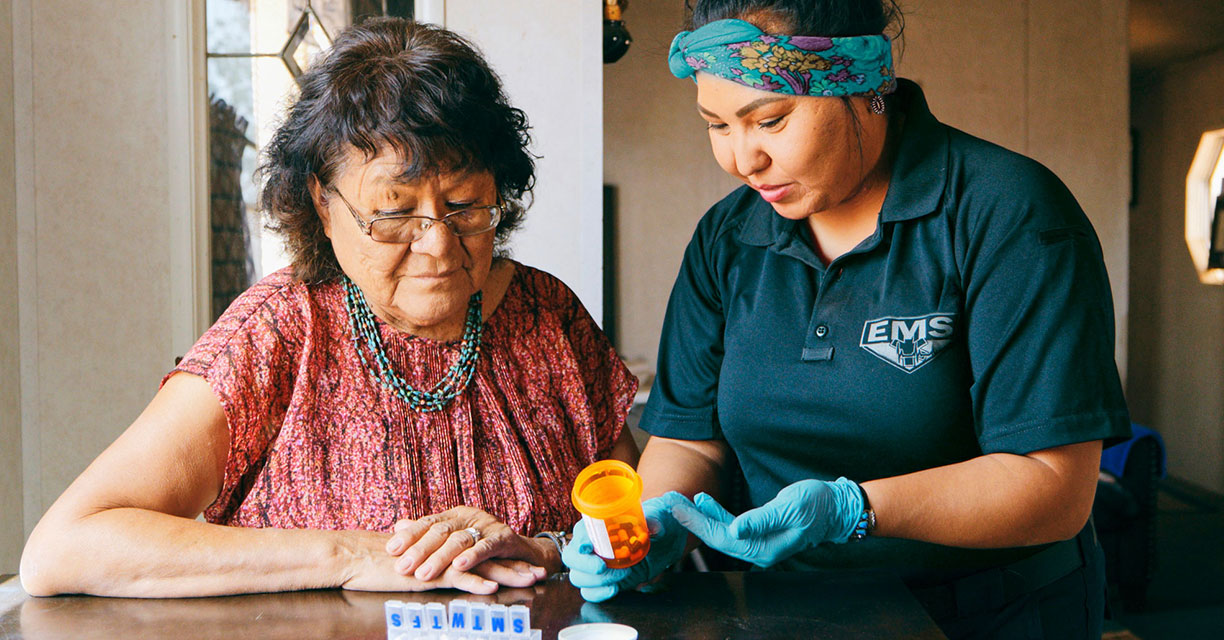Headline
Care team models with more nurse practitioners (NPs) and physician assistants (PAs) than physicians are associated with increased primary care and geriatrics services provision and reduced labor costs.
Context
With the growing population of older adults and increased constraints on the health care labor force, staffing for optimal care delivery is a challenge. Using data from the 2018 Primary Care and Geriatric Health Professionals Survey, this study looks at the implications of different staffing models on primary care and geriatric service delivery and labor costs.
Findings
Staffing models with a higher number of physicians did not provide more comprehensive primary services than models with more NPs and PAs and had approximately 50 percent higher labor costs. Care teams with more NPs and PAs were associated with 17 percent greater probability of conducting patient visits and 26 percent greater probability of providing the full range of primary care services compared to models with more physicians. Practices that had a higher staffing ratio of NPs and PAs were more common in states that offer full scope of practice for NPs.
Takeaways
A team-based staffing configuration with a broad provider mix, which can offer more services at a lower labor cost, may best serve the complex needs of frail older adults. Policymakers wishing to have support efficient staffing in clinical settings may consider expanding scope of practice for NPs.



